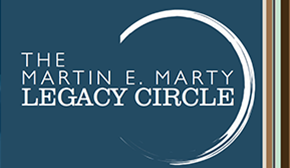Sustaining a resource

A few years ago an article on the Faith and Leadership website caught my eye: “Editors More Important than Bishops.” John Schmalzbauer, a sociologist who teaches at Missouri State University, was recalling an old saying in the Disciples of Christ denomination: “Disciples don’t have bishops; they have editors.” He went on to cite theologian William Placher, who described Protestant magazines as a key resource in the theological development of clergy and lay leaders.
Schmalzbauer said that it’s impossible to imagine the world of mainline Protestantism without the Christian Century. He referred to Elesha Coffman’s recent work (published as The Christian Century and the Rise of the Protestant Mainline), in which she argues that the Century united moderate-to-liberal Protestants and gave them a common identity.
But today, Schmalzbauer wrote, there is a chance that the Century and other Christian periodicals will not survive. He wanted to “call attention to the religious press in the same way that environmentalists call attention to clean air and water. Though Christian publishing remains a renewable resource, it must never be taken for granted.”




